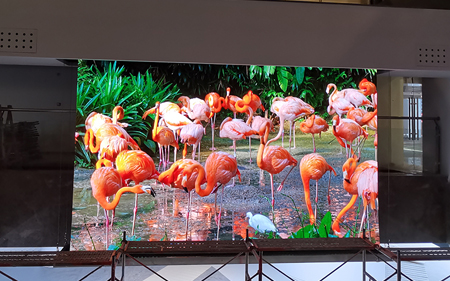Nowadays, LED mobile splicing screens are widely used in commercial displays, stage performances, television stations, control centers, sports venues, and municipal engineering due to their excellent display effect, movable splicing, one-key folding and lifting, easy and quick installation, and easy operation by a single person. However, LED mobile splicing screens are often composed of multiple LED display screens. At this time, we need to assemble and debug them. Do you know what the assembly and debugging steps of LED mobile splicing screens are? Below, ONUMEN will introduce them to you:

Assembly and debugging steps of LED mobile splicing screens:
Before assembling the LED mobile splicing screen, it is necessary to determine the layout of the LED mobile splicing screen, including the size, resolution, and aspect ratio of the LED splicing screen. At the same time, it is necessary to determine the position and splicing method of each LED mobile splicing screen to ensure the good display effect of the entire LED mobile splicing screen.
According to the layout of the LED mobile splicing screen, assemble multiple LED mobile splicing screens, ensuring that the splicing position, height, and horizontal plane of each LED mobile splicing screen are consistent.
Connect the LED mobile splicing screen to the controller to ensure that each LED mobile splicing screen can display normally.
After assembling, it is necessary to calibrate the LED mobile splicing screen, including adjusting the color, brightness, and clarity to ensure the display effect of the entire LED mobile splicing screen.
After the calibration, it is necessary to perform adjustments on the entire LED movable splicing screen, including splitting the screen, adjusting the resolution, and modifying the display mode, to ensure the proper functioning of the entire LED movable splicing screen.
In summary, these are the assembly and calibration steps for the LED movable splicing screen. By properly assembling and calibrating the LED movable splicing screen, we can, to a certain extent, better ensure its normal operation.